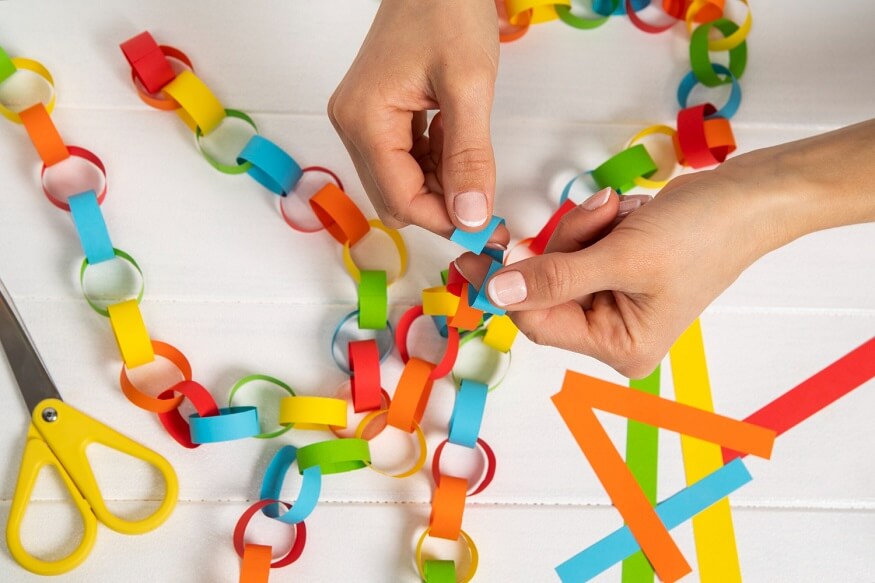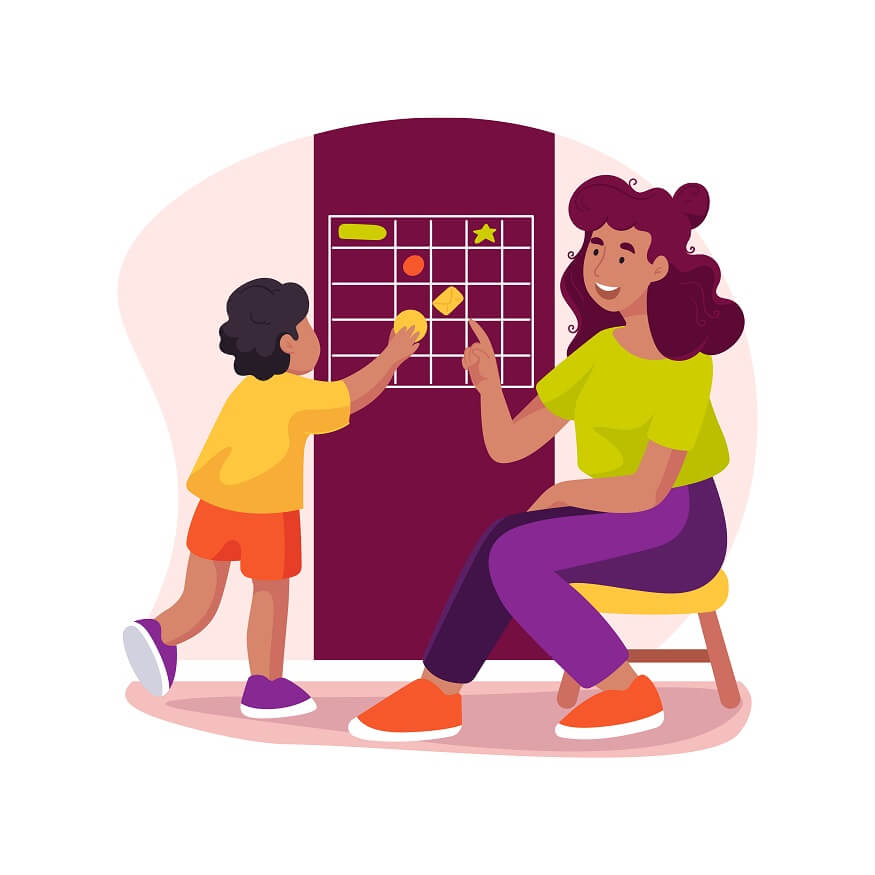In the ever-evolving world of child development and early education, loose parts play has emerged as a captivating and transformative approach to nurturing a child’s imagination and cognitive abilities. This creative play style revolves around providing children with a diverse array of open-ended materials, aptly termed “loose parts,” which they can freely explore, manipulate, and transform according to their whimsical desires. From commonplace objects like sticks and rocks to natural elements such as sand and water, these loose parts form the building blocks of a boundless and uninhibited world of play. We delve deeper into the fascinating realm of loose parts play benefits, uncovering its multitude of benefits, offering an abundance of creative ideas, and presenting inspiring examples that will ignite your child’s imagination and passion for exploration.
What is Loose Parts Play?
Loose parts play ideas represent a paradigm shift in the way we approach playtime and childhood development. Unlike traditional toys that come with predefined functions and outcomes, loose parts are open-ended materials that allow children to unleash their creativity and ingenuity, envisioning endless possibilities for play. This freedom of expression empowers children to take the lead in their own play, fostering a sense of autonomy and self-reliance as they construct and deconstruct their play scenarios.
Also Read: 33 Basketball Terms Every Kid Should Know
Loose Parts Play Benefits:
- Enhanced Creativity: At the heart of loose parts play lies the ignition of creativity. The absence of rigid play structures allows children’s minds to roam freely, enabling them to think outside the box and explore unconventional ways to use materials. As they build and create without limitations, their imagination knows no bounds, leading to innovative and original ideas that astound and delight.
- Improved Problem-Solving Skills: Through loose parts play examples, children encounter a myriad of challenges and obstacles, creating opportunities for problem-solving. Whether building intricate structures or devising imaginative games, they learn to navigate complexities and find innovative solutions, honing their critical thinking skills. This adeptness in problem-solving will serve them well in tackling future challenges with confidence.
- Social Development: The collaborative nature of loose parts play often draws children together, inspiring them to engage in shared experiences. As they collaborate, negotiate, and communicate with one another, they develop essential social skills that lay the foundation for future relationships. This shared play fosters teamwork and empathy, preparing them for success in social settings, both now and in their future endeavours.
- Fine and Gross Motor Skills: The diverse assortment of loose parts demands a wide range of physical movements, which significantly contributes to the development of both fine and gross motor skills. From delicately picking up tiny pebbles to carrying larger sticks, these actions bolster their physical capabilities and coordination, supporting their overall physical development.
- Sustainability Awareness: Incorporating natural loose parts into play introduces children to the wonders of the natural world. As they collect leaves, pinecones, and shells, they develop a deeper appreciation for the environment, promoting a sense of responsibility towards nature and sustainability. This early exposure to ecological consciousness nurtures future environmental stewards, instilling a sense of duty to protect and preserve the planet.
Also Read: How to Create a Safe Playground for Kids at Home
Loose Parts Play Ideas:
- Nature’s Treasure Hunt: Venture outdoors with your child on a nature walk, encouraging them to collect an assortment of natural loose parts, such as leaves, pinecones, and seashells. Together, you can create a “loose parts treasure box,” becoming a limitless source of inspiration for imaginative play. Observe as they sort and arrange their findings, discovering hidden treasures in the beauty of nature and creating enchanting stories around their treasures.
- Sensory Bin Exploration: Set up a sensory bin filled with materials like rice, beans, or sand and infuse it with various loose parts like plastic animals, measuring cups, and fabric swatches. Witness your child delight in exploring different textures, colours, and shapes, as they concoct imaginative scenarios. This sensory-rich experience stimulates their senses and fosters cognitive development, encouraging them to explore the world through touch and sight.
- Outdoor Art Gallery: Transform your outdoor space into an art haven with loose parts such as chalk, cardboard, and colourful paper. Encourage your child to create unique masterpieces amidst the serene beauty of nature. As they experiment with colours and shapes, they will develop a profound appreciation for artistic expression and unleash their inner Picasso, transforming the outdoors into a vibrant gallery of their own creation.
- Loose Parts Building: Lay out an assortment of building materials, including wooden blocks, cardboard boxes, and PVC pipes, complemented by an array of loose parts like bottle caps and buttons. Stand in awe as your child engineers their architectural wonders, fostering creativity in construction. Their makeshift structures will serve as testaments to their engineering prowess and imaginative flair, making them proud builders of their own little worlds.
Loose Parts Play Examples:
- The Magic Fairy Garden: Utilising pebbles, leaves, twigs, and fabric, your child can craft a whimsical fairy garden teeming with tiny houses, meandering paths, and a cosy setting for their imaginary fairy friends. Transported to a world of enchantment, your child’s creativity will flourish as they envision magical adventures and forge delightful narratives, inviting you into a fantastical realm where anything is possible.
- Inventive Junk Orchestra: Embark on a scavenger hunt for recyclable items such as tin cans, plastic bottles, and cardboard tubes. Enhance the orchestra with loose parts like beans, rice, and bells, and watch in awe as your child becomes the conductor of their unique junk symphony. This musical escapade not only entertains but also cultivates an appreciation for music and creative expression, creating a harmonious symphony of exploration and auditory delight.
Also Read: Playground Safety for Children – Rules and Precautions
Conclusion:
Loose parts play exemplifies the transformative power of simplicity in a child’s development. By providing open-ended materials and granting them the freedom to explore, experiment, and imagine, we lay the foundation for lifelong skills and attitudes. In the magical realm of loose parts play, creativity, problem-solving, and socialisation converge to cultivate confident, innovative, and environmentally conscious individuals. So, the next time you encounter a pile of sticks or a box of buttons, recognize their potential for igniting a spark in your child’s imagination. Embrace the beauty of loose parts play and embark on an extraordinary journey of exploration and learning alongside your little one. Happy playing!
Euroschool believes in fostering holistic development in children, and one of the innovative approaches we embrace is Loose Parts Play. This creative and imaginative play method involves providing children with open-ended materials, known as “loose parts,” to explore and manipulate as they wish. Through Loose Parts Play, children enhance their creativity, problem-solving skills, and social development. It encourages them to think outside the box, collaborate with peers, and develop fine and gross motor skills. At Euroschool, we create an enriching environment that promotes sustainability awareness and allows children to experience the wonders of nature while fostering a love for learning and exploration. With Loose Parts Play, we empower children to become imaginative thinkers and confident individuals.











